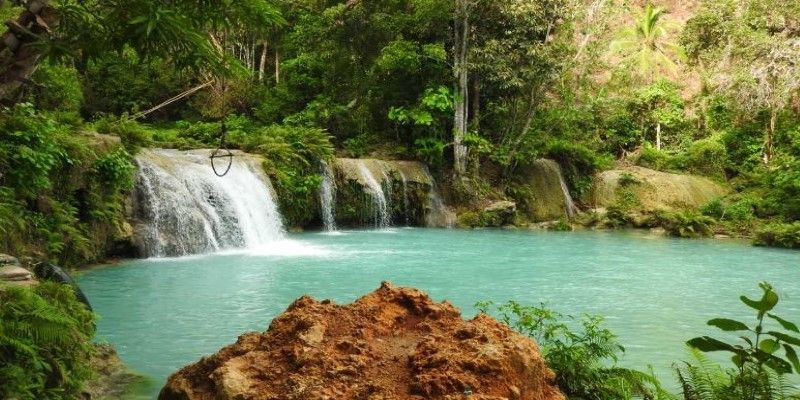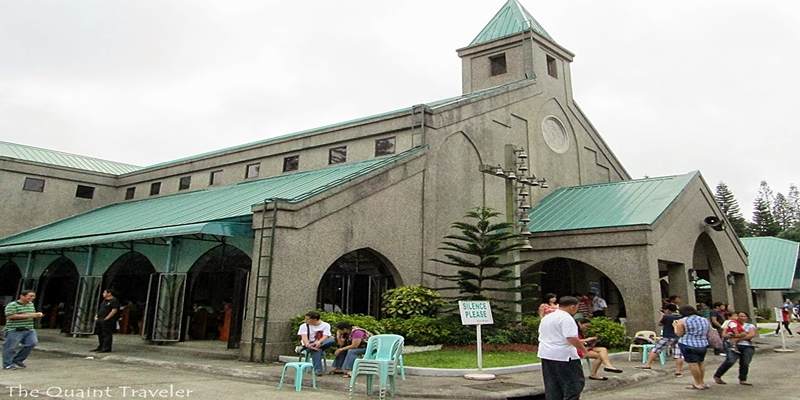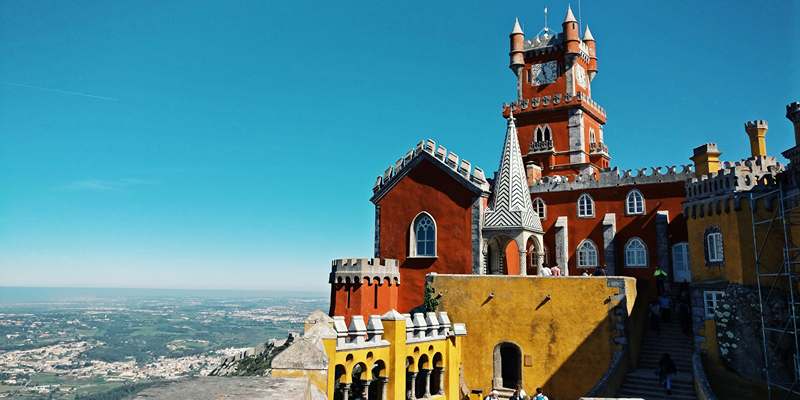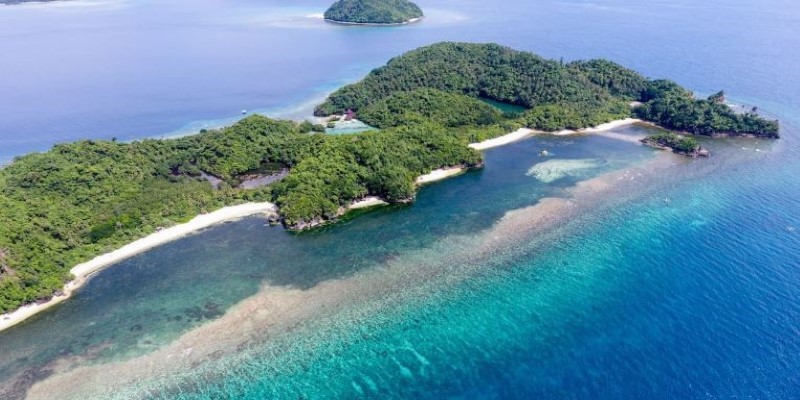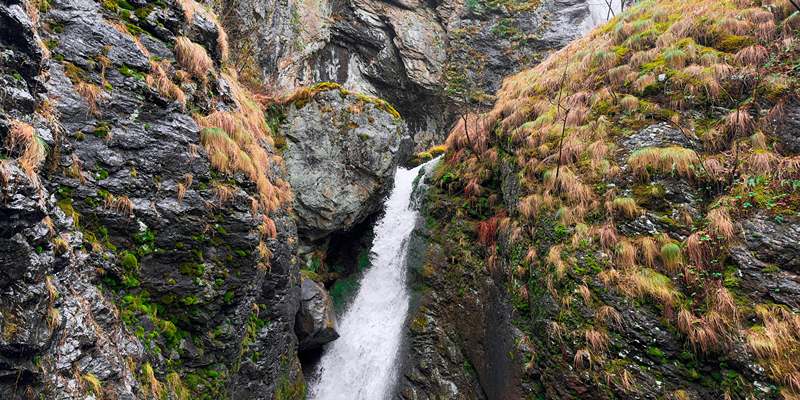10 Fun Facts About Portugal You’ll Love
Located on the southwestern tip of Europe’s Iberian Peninsula, Portugal is a surprisingly large country with a lot more than sun, sand, and pretty streets to offer. Portugal is a country of discovery that can be discovered in many aspects, starting from traditional food and ending with folk dance. Rich in culture and history, it has the charm of a historical city but is not devoid of modern liveliness. From Fado music to stunning scenery, from the superb art of the old age of discovery, Portugal has a lot for fans. Below, we discuss ten interesting things about Portugal and the beautiful features that set this nation apart.
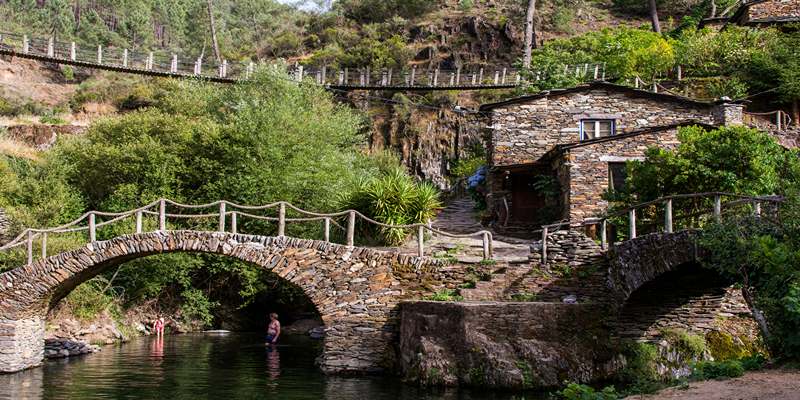
Portugal Has the Oldest Border in Europe
The border between Portugal and Spain has been marked since the signing of the treaty that occurred in Alcañices in 1297 and up to date; it has not undergone any changes. With this agreement, the independence of Portugal was cemented and established the foundation for its long years of stable governance. The treaty was diplomatic because it helped the two countries to solve disagreements and establish human dignity between them, which were Portugal and Spain, respectively. Today this border demonstrates the historical background of the country as well as its capability of preserving harmony. Besides being part of Portugal’s history, it brings an extra cultural layer that other countries across the globe find intriguing when doing their history research.
Portuguese Is Spoken by Millions Worldwide
Although Portuguese is an official language in Portugal, know that it is also the language of a huge population of people around the world. It is most likely due to Portugal’s exploration through the New World and Age of Exploration. Regardless of the various factors that led to the spread of Portuguese in these regions, it remains the language of trade, governance, and culture in most of these places to this very day. Today the language is regarded as a language of unification, which connects people of different cultures and different pasts. Learning Portuguese brings people to embrace those traditions and histories of this large group of people in society.
Portugal Is Home to the World’s Longest Bridge
At 17.2 kilometers, it is the longest bridge over the Tagus River and, indeed, Europe, representing the Iberian nation’s progressive character. Designed to commemorate Vasco da Gama—the first European to sail directly to India—the bridge represents Portugal’s Navil history. It’s construction in 1998 was a great accomplishment and highlighted the technology and designs available at the time. Presently, it plays its role in the transport network by providing links to different regions and assisting in Lisbon’s economic growth and city planning.
Portugal Was a Leader in the Age of Exploration
The Portuguese were the first to sail to India, find Brazil, or for that matter even sail around the globe. All these were realized through developments in ship construction, seafaring, and charting, several of which were invented in Portugal. The Age of Exploration made Portugal a dominant international power, and its impact of geographical discovery is still seen today.
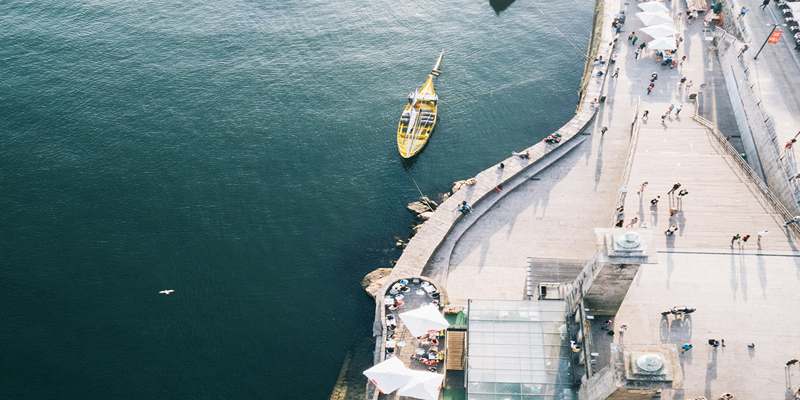
Portugal Produces Some of the Best Wine in the World
The Douro Valley, situated in northern Portugal, has been producing wines for some 2000 years, and since 1996 it is on the list of UNESCO World Heritage Sites. It is famous for its terraced vineyard landscape, situated on the banks of the Duoro River, and the production of Port wine. The microclimate causes warm summer and cool winter, which is most suitable for the growth of grapes. Today’s local wine producers rely on traditional methods to produce wines that are appreciated for their depth and intensity. Many tourists will find the Douro Valley to be an ideal place for wine tourism primarily because visitors are offered wine tasting and wine tourism opportunities that include boat rides along the Douro River.
Portugal’s Coastline Is a Surfer’s Paradise
Ericeira, a small village that has grown from a fishery in the district of Meco, between Lisbon and Sintra, is considered one of the best surfing points in the world. It was recognized as the World Surfing Reserve and has several connected beaches with good quality constant waves for beginners, intermediate, and advanced surfers. Ribeira d’Ilhas and Coxos are among the favorite destinations ideal for learners and professional surfers alike. The town itself does not seem to be very touristic with the possibility to learn surf, small cafés, and beautiful streets. Ericeira has traditionally become the area where surfers go and where both fun and relaxation by the ocean can be found.
Nazaré is a small town on Portugal’s west coast that is largely known for its enormous wave, which can measure above 30 meters. These waves are generated from the continental shelf by an underwater canyon known as the Nazaré Canyon, which bends the ocean swell toward the shore. Every year the world’s best surfers come to Nazaré to ride such record-breaking waves as those shown in the video.
Portugal’s Culinary Heritage Is Unique
The Iconic Bacalhau Dishes
Salted codfish, or bacalhau, is one of the most important fish in Portuguese gastronomy. Also known as the ‘friend in need,’ the Portuguese love this dish so much that there are believed to be 365 ways of cooking bacalhau, 365 being the days of the year. This meal is served with Bacalhau à Brás, which comprises of shredded cod, eggs, and potatoes, and Bacalhau com Natas, which is a baked dish full of cream. The custom of having bacalhau originates from the days of sail, when preserved fish was an important food for journeys at sea. Today, bacalhau is still a part of Portuguese pride and is consumed as part of family meals and other gatherings or celebrations.
The Sweet Side: Pastéis de Nata
Pastéis de Nata are sweet pastry treats known to the world as the Portuguese custard tarts. Fried in a super crispy thin layer of dough and filled with a rich creamy paste, these luscious buns were first created in the Jerónimos Monastery, Lisbon, back in the 18th century. Concerning the Bodhisattva, monks prepared the custard filling using egg yolks; the item started gaining popularity immediately. Nowadays, all the bakeries in Portugal try to bake the most delicious Pastéis de Nata; however, the most popular place is Pastéis de Belém in Lisbon. A visit to this country would be incomplete without taking one of these tarts with a cup of Portuguese coffee.
Conclusion
Portugal’s unique blend of history, culture, and natural beauty makes it a truly exceptional country. From its role in global exploration to its culinary and artistic traditions, Portugal captivates with its depth and diversity. Whether marveling at the Vasco da Gama Bridge, surfing the waves of Nazaré, or savoring a Pastel de Nata, there’s always something remarkable to discover. These ten fascinating facts highlight the many reasons why Portugal is a destination worth exploring, offering an unforgettable experience for every visitor.

